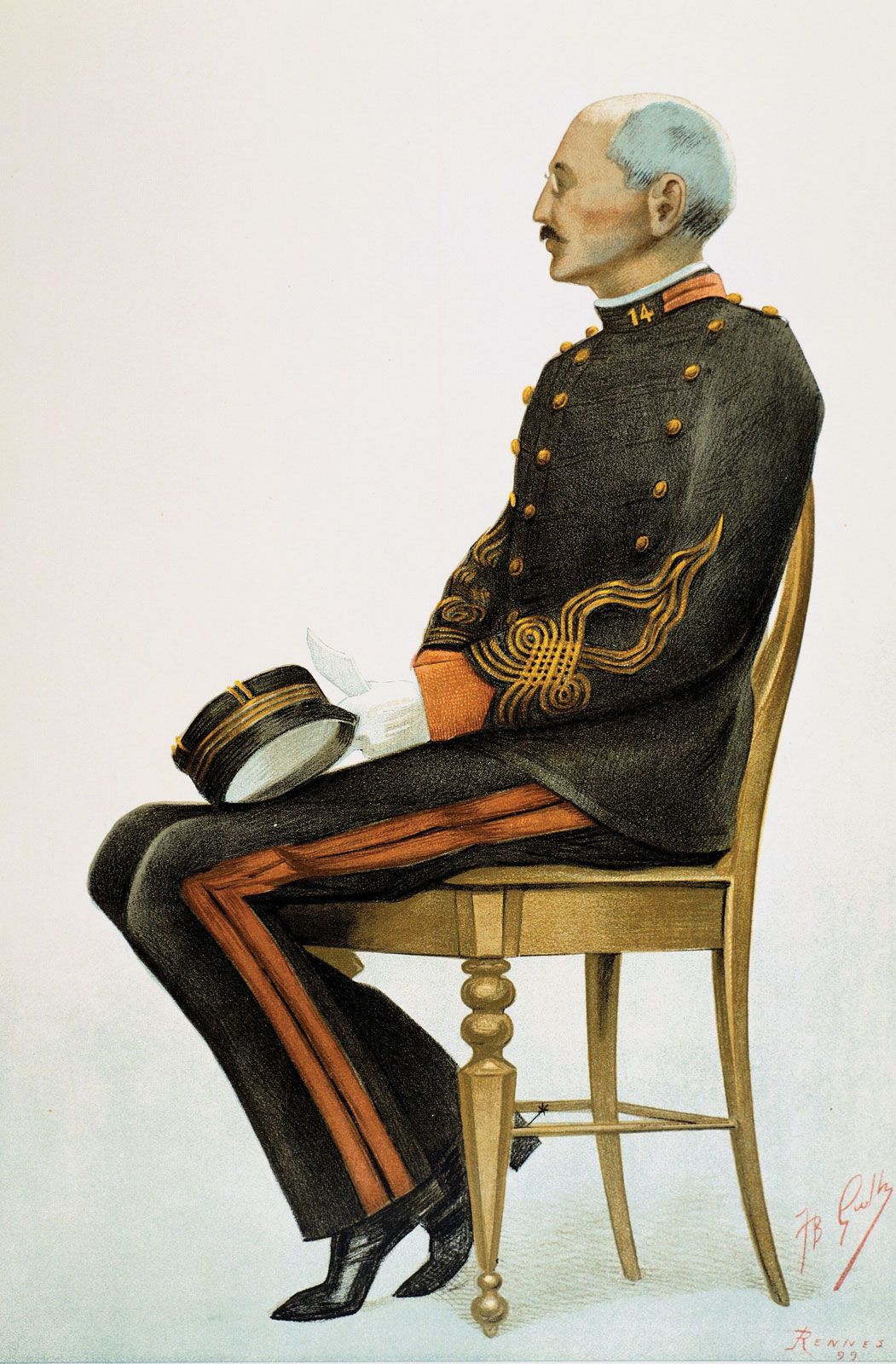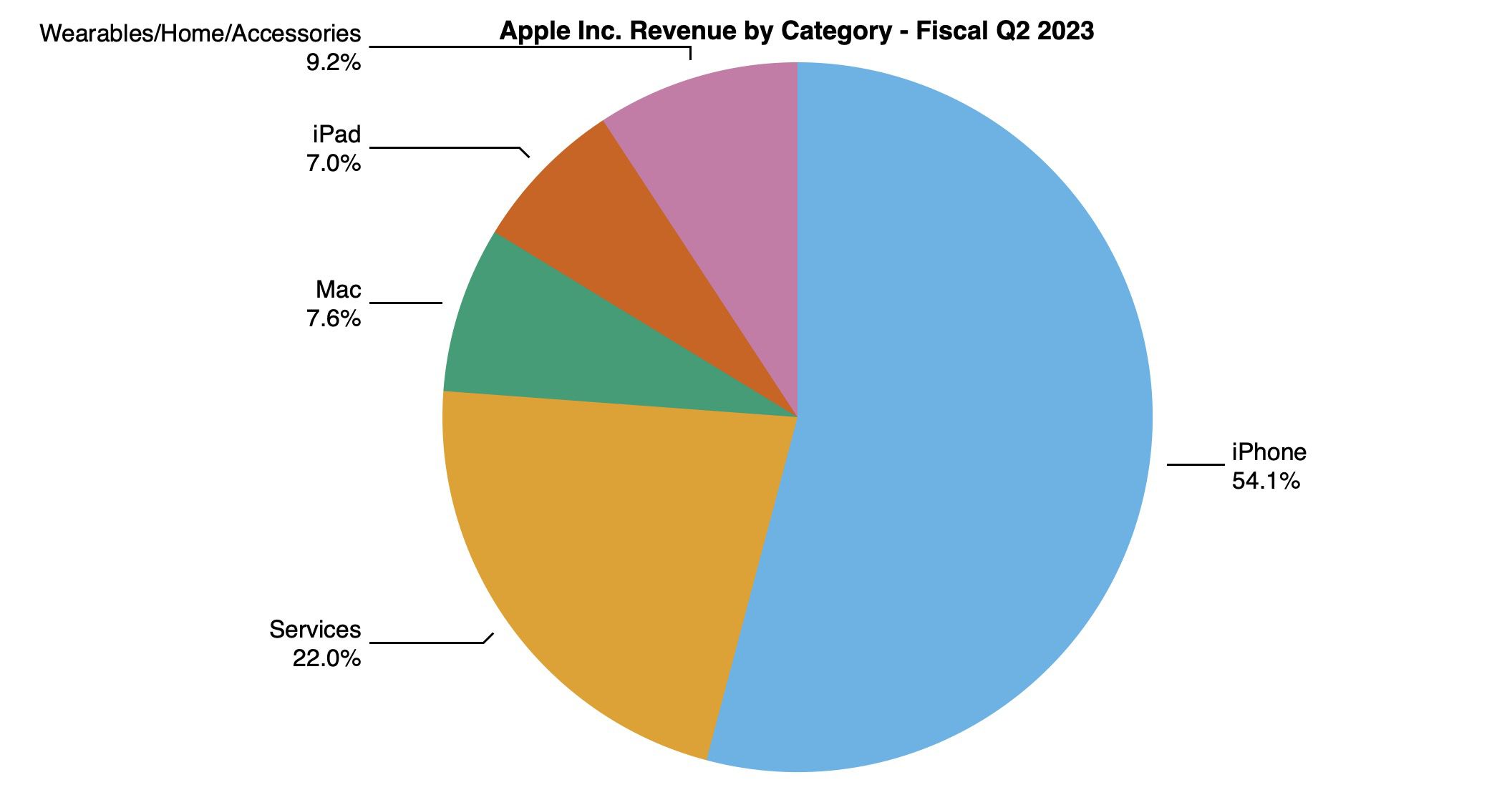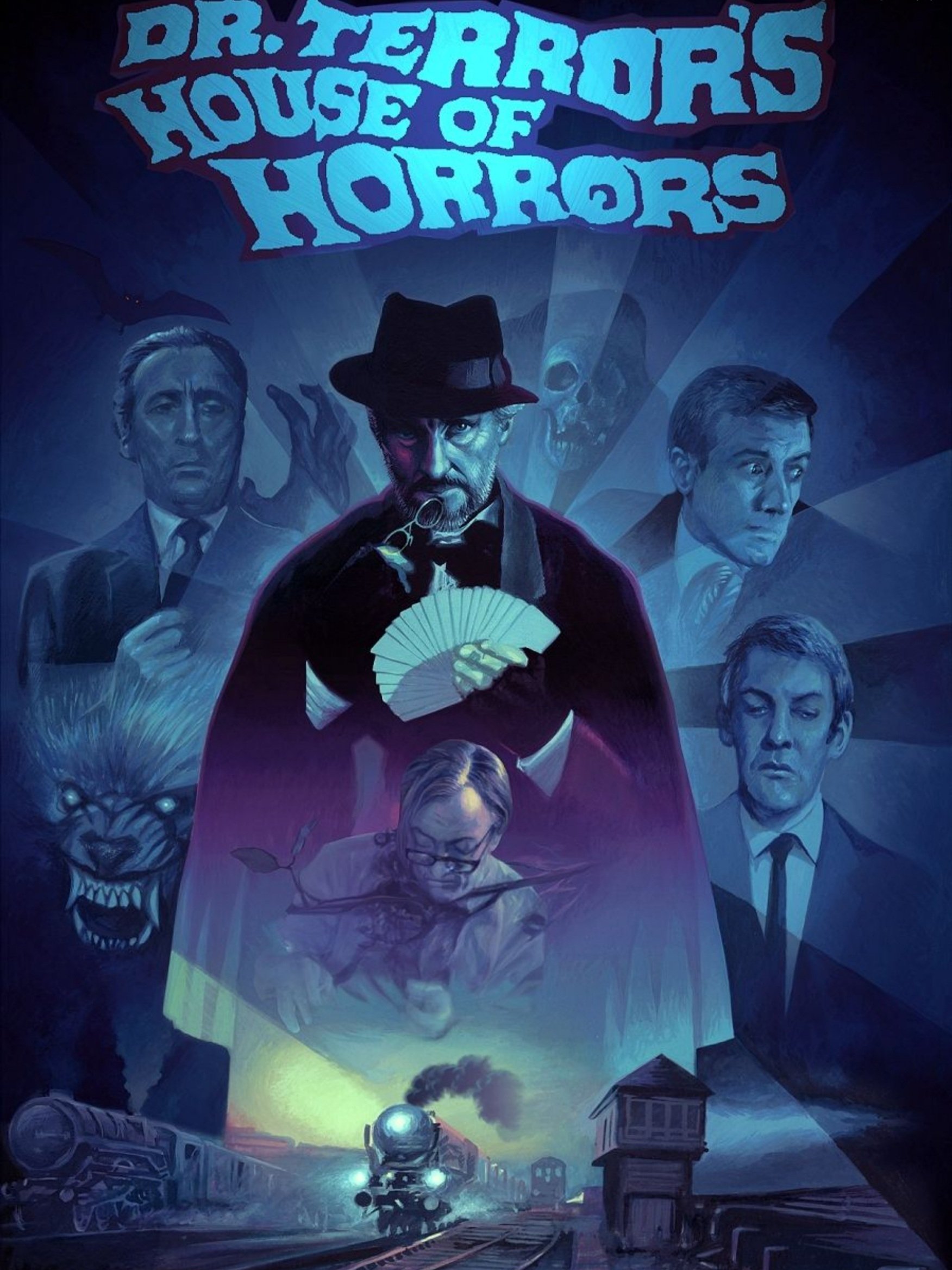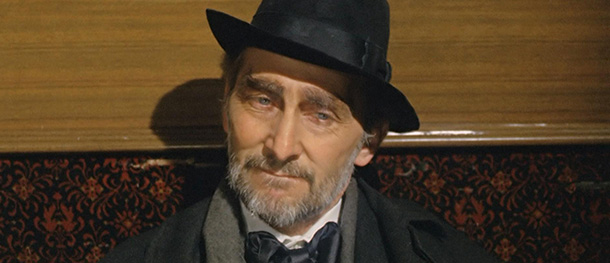Deconstructing The Hells Angels: A Critical Analysis

Table of Contents
The Structure and Hierarchy of the Hells Angels
The Hells Angels are far from a disorganized mob. Their structure, though decentralized, is remarkably efficient and hierarchical. Understanding this structure is key to understanding their operations.
Charter System
The HAMC operates through a system of independent chapters, each acting as a franchise within a larger, interconnected network. This decentralized structure allows for local autonomy while maintaining a degree of national cohesion. Key organizational elements include:
- Mother Chapters: These are established chapters that often serve as foundational units for the expansion of the club.
- National Hierarchy: While decentralized, a national hierarchy exists, facilitating communication and coordination between chapters. This hierarchy isn't rigidly defined, but influence flows from established, powerful chapters.
- Chapter Roles: Each chapter has a defined leadership structure, typically including a President, Vice President, Sergeant-at-Arms, Treasurer, and other key officers. These roles dictate lines of authority and responsibility within the chapter.
- Patches: The iconic "rocker" patches worn by members are not merely fashion statements. They signify rank, chapter affiliation, and membership status within the club's strict hierarchy. The coveted "full-patch" status is the ultimate goal for prospective members.
Membership and Initiation
Becoming a full-patch Hells Angel is a rigorous and demanding process. Aspirants, known as "hangarounds" and "prospects," must prove their loyalty, commitment, and willingness to adhere to the club's often brutal rules.
- Stages of Initiation: The process typically involves several stages, including prolonged probationary periods and grueling tests of loyalty.
- Consequences of Disloyalty: Betrayal or disobedience can result in severe consequences, ranging from expulsion to violence.
- Symbolism and Rituals: Initiation often includes symbolic rituals and ceremonies, reinforcing the club's identity and the bonds between members.
Criminal Activities and Allegations
The Hells Angels have a long and well-documented history of involvement in criminal activities. While the club itself often denies direct participation, evidence strongly suggests widespread involvement in organized crime.
Drug Trafficking and Distribution
The Hells Angels are alleged to be heavily involved in the international drug trade, acting as both distributors and smugglers.
- Scale and Scope: Their alleged drug operations span vast geographical areas, involving significant quantities of various illicit substances.
- Law Enforcement Efforts: Law enforcement agencies worldwide have conducted numerous investigations and raids targeting the club's drug trafficking activities. Several high-profile arrests and convictions have resulted.
Other Criminal Enterprises
Beyond drug trafficking, the Hells Angels have been implicated in a range of other criminal enterprises, including:
- Violence: The use of violence is a notorious aspect of the club's culture, often used to enforce discipline, intimidate rivals, and protect their criminal interests.
- Extortion: Businesses operating in areas controlled by the Hells Angels have been subjected to extortion rackets.
- Money Laundering: The club utilizes various methods to launder the proceeds from their criminal activities.
- Weapons Trafficking: The illegal trade of weapons is another alleged activity.
The Hells Angels' Public Image and Propaganda
The Hells Angels carefully cultivate a specific public image, leveraging their motorcycle culture and creating a mythology that fascinates and repels in equal measure.
Motorcycle Culture and Branding
The club skillfully uses its association with motorcycle culture to create a powerful brand.
- Imagery and Symbolism: Their iconic logo, imagery, and merchandise are carefully designed to project an image of rebellion, freedom, and brotherhood.
- Media Portrayal: The media, both mainstream and alternative, has played a significant role in shaping the public's perception of the Hells Angels, often emphasizing their rebellious nature and criminal activities.
Public Relations and Mythology
The Hells Angels are masters of mythmaking, creating a legend that transcends their reality.
- Narrative Control: They actively control the narrative around them, carefully managing their public image.
- Biker Rallies and Events: Large-scale biker rallies serve as public relations opportunities, showcasing a carefully constructed image of camaraderie and community.
Conclusion
Understanding the Hells Angels requires disentangling fact from fiction, separating the carefully constructed mythology from the reality of their alleged criminal activities. Their hierarchical structure, documented involvement in organized crime, and carefully managed public image are all integral aspects of this complex organization. While the romanticized image of rebellious bikers persists, the reality often involves serious criminal activity. Further research into the Hells Angels, analyzing their intricate network and impact on society, is crucial for a comprehensive understanding. Continue investigating the Hells Angels—their history, their operations, and their continuing influence on popular culture – to gain a fuller picture of this controversial group.

Featured Posts
-
 Alfred Dreyfus French Lawmakers Push For Posthumous Recognition Of Injustice
May 25, 2025
Alfred Dreyfus French Lawmakers Push For Posthumous Recognition Of Injustice
May 25, 2025 -
 Net Asset Value Nav Of The Amundi Dow Jones Industrial Average Ucits Etf An Investors Guide
May 25, 2025
Net Asset Value Nav Of The Amundi Dow Jones Industrial Average Ucits Etf An Investors Guide
May 25, 2025 -
 Aex In De Plus Ondanks Onrust Op Wall Street Wat Betekent Dit Voor Beleggers
May 25, 2025
Aex In De Plus Ondanks Onrust Op Wall Street Wat Betekent Dit Voor Beleggers
May 25, 2025 -
 Kharkovschina Svadebniy Bum V Krasivuyu Datu 89 Novykh Semey
May 25, 2025
Kharkovschina Svadebniy Bum V Krasivuyu Datu 89 Novykh Semey
May 25, 2025 -
 Apple Stock Q2 Earnings I Phone Sales Boost Profits
May 25, 2025
Apple Stock Q2 Earnings I Phone Sales Boost Profits
May 25, 2025
Latest Posts
-
 Explore The Jenson Fw 22 Extended Line New Additions And Details
May 25, 2025
Explore The Jenson Fw 22 Extended Line New Additions And Details
May 25, 2025 -
 Jenson And The Fw 22 Extended Everything You Need To Know
May 25, 2025
Jenson And The Fw 22 Extended Everything You Need To Know
May 25, 2025 -
 Conquering Dr Terrors House Of Horrors Tips And Tricks
May 25, 2025
Conquering Dr Terrors House Of Horrors Tips And Tricks
May 25, 2025 -
 Formula 1 Star Jenson Button Wont Return To Uk After 250k Theft
May 25, 2025
Formula 1 Star Jenson Button Wont Return To Uk After 250k Theft
May 25, 2025 -
 Unveiling The Horrors A Look At Dr Terrors House Of Horrors
May 25, 2025
Unveiling The Horrors A Look At Dr Terrors House Of Horrors
May 25, 2025
